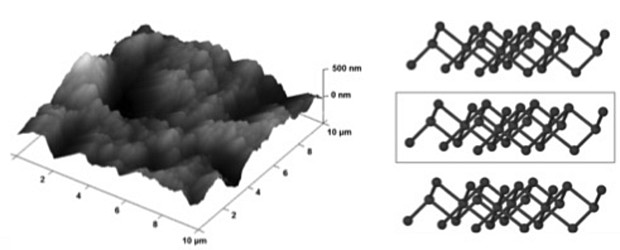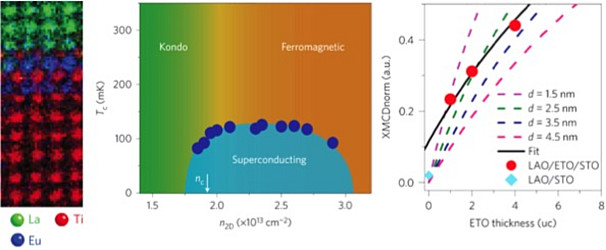
Actuation at micro– and nanoscale often requires large displacements and applied forces. The high work energy density that lies inside many phase transitions is an appealing feature for developing new actuating schemes, especially if the transition is reversible and scalable into small actuating domains. We have shown the fabrication of a planar nanomechanical actuator having chevron–type geometry and based on the phase transition of VO2. This device is thermally activated through heating just above room temperature to trigger the VO2 crystalline symmetry change associated with the metal–insulator transition. The large lattice expansion of VO2 phase transition, compared to standard materials, is further amplified by the chevron–type geometry. DC and AC operation of the device are discussed.
Contact person: Nicola Manca, SPIN Genova

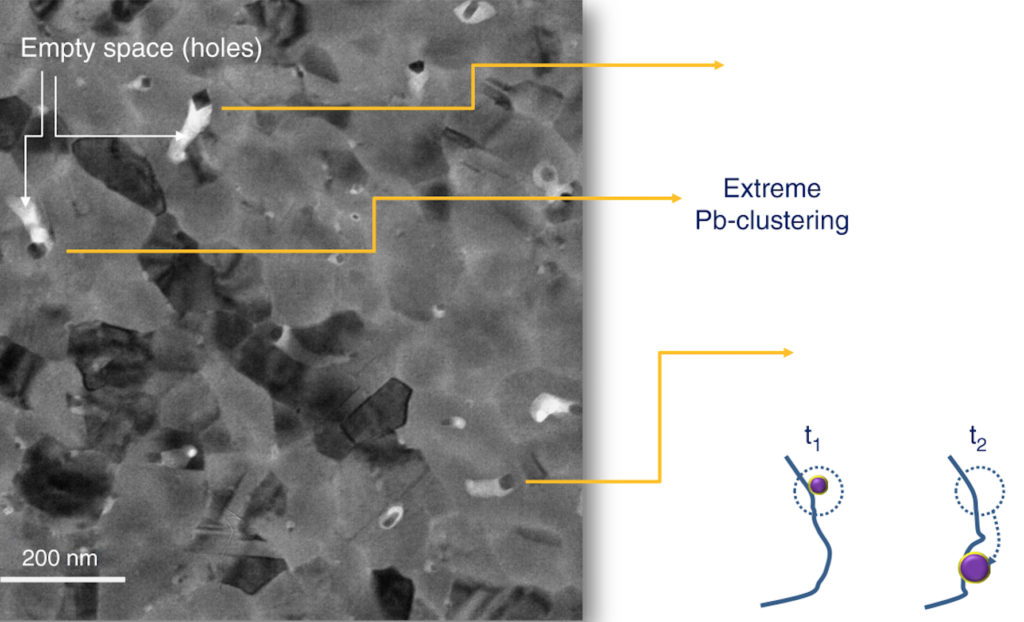
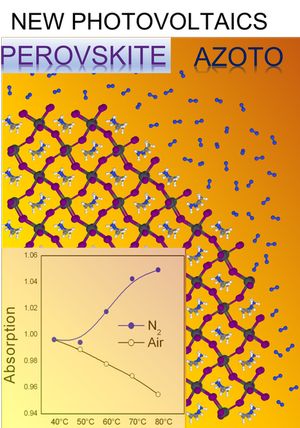

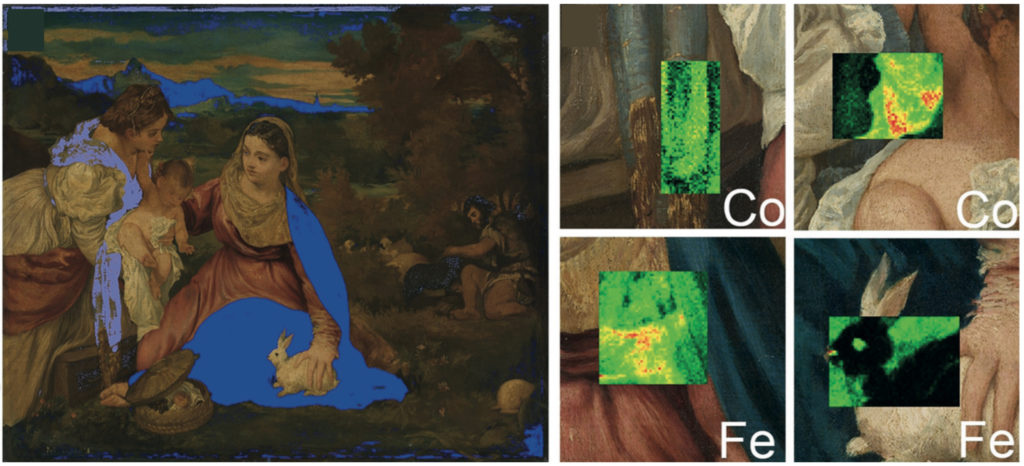
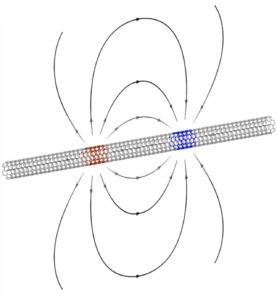 Fifty years ago Walter Kohn speculated that a zero-gap semiconductor might be unstable against the spontaneous generation of excitons–electron–hole pairs bound together by Coulomb attraction. The reconstructed ground state would then open a gap breaking the symmetry of the underlying lattice, a genuine consequence of electronic correlations. We have shown that this excitonic insulator is realized in zero–gap carbon nanotubes by performing first–principles calculations through many–body perturbation theory as well as quantum Monte Carlo. The excitonic order modulates the charge between the two carbon sublattices opening an experimentally observable gap, which scales as the inverse of the tube radius and weakly depends on the axial magnetic field. Our findings call into question the Luttinger liquid paradigm for nanotubes and provide tests to experimentally discriminate between excitonic and Mott insulators.
Fifty years ago Walter Kohn speculated that a zero-gap semiconductor might be unstable against the spontaneous generation of excitons–electron–hole pairs bound together by Coulomb attraction. The reconstructed ground state would then open a gap breaking the symmetry of the underlying lattice, a genuine consequence of electronic correlations. We have shown that this excitonic insulator is realized in zero–gap carbon nanotubes by performing first–principles calculations through many–body perturbation theory as well as quantum Monte Carlo. The excitonic order modulates the charge between the two carbon sublattices opening an experimentally observable gap, which scales as the inverse of the tube radius and weakly depends on the axial magnetic field. Our findings call into question the Luttinger liquid paradigm for nanotubes and provide tests to experimentally discriminate between excitonic and Mott insulators.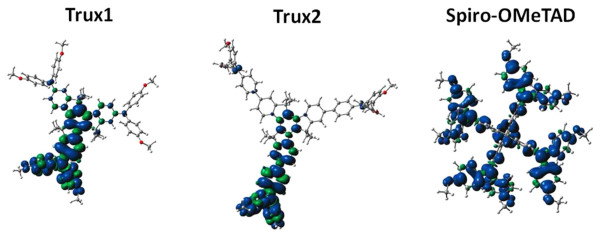
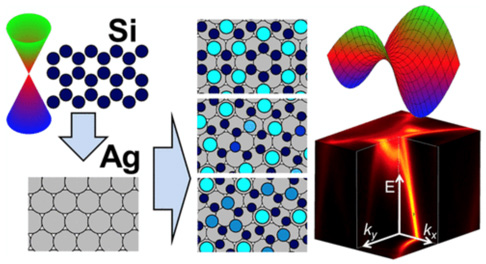 We have compared the electronic structure of (4×4), (√13×√13) R 13.9° and (2√3×2√3) R 30° silicene monolayers on Ag(111) by means of angle–resolved photoemission spectroscopy and first–principles calculations. We have found that all phases display similar Ag–derived interface states and s bands weakly perturbed by the substrate interaction. Intense spectral features, including those previously attributed to s band emission from the (2√3×2√3) R 30° structure, are found to originate from umklapp replicas of the Ag interface state and Ag sp–bulk bands. All the examined silicene allotropes do not display the characteristic Dirac cones of free–standing silicene, proving that the p bands are strongly modified by the interaction with the substrate bands independently of the structural detail of the allotrope.
We have compared the electronic structure of (4×4), (√13×√13) R 13.9° and (2√3×2√3) R 30° silicene monolayers on Ag(111) by means of angle–resolved photoemission spectroscopy and first–principles calculations. We have found that all phases display similar Ag–derived interface states and s bands weakly perturbed by the substrate interaction. Intense spectral features, including those previously attributed to s band emission from the (2√3×2√3) R 30° structure, are found to originate from umklapp replicas of the Ag interface state and Ag sp–bulk bands. All the examined silicene allotropes do not display the characteristic Dirac cones of free–standing silicene, proving that the p bands are strongly modified by the interaction with the substrate bands independently of the structural detail of the allotrope.

